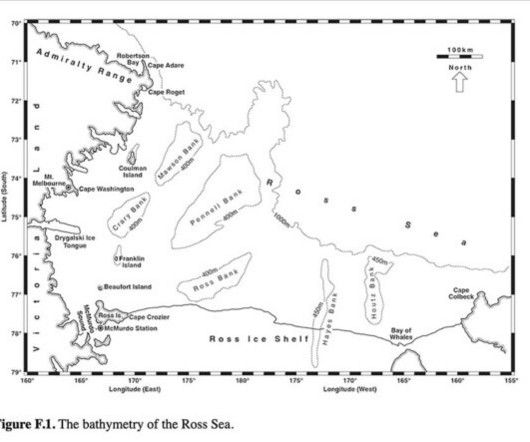The Wonderfulness of Local Field Guides: Reviews of ABA Field Guide to Birds of Maine & Birding Guide to the Greater Pasadena Area
10,000 Birds
DECEMBER 6, 2022
At the end of 2022, let us celebrate the local field guide, a sub-genre that many of us feared would die, the victim of technology, development, and globalization, but which still shines bright, fewer in number but brilliant in quality, thanks to birders and birding organizations that believe in knowing your patch and your state.












Let's personalize your content